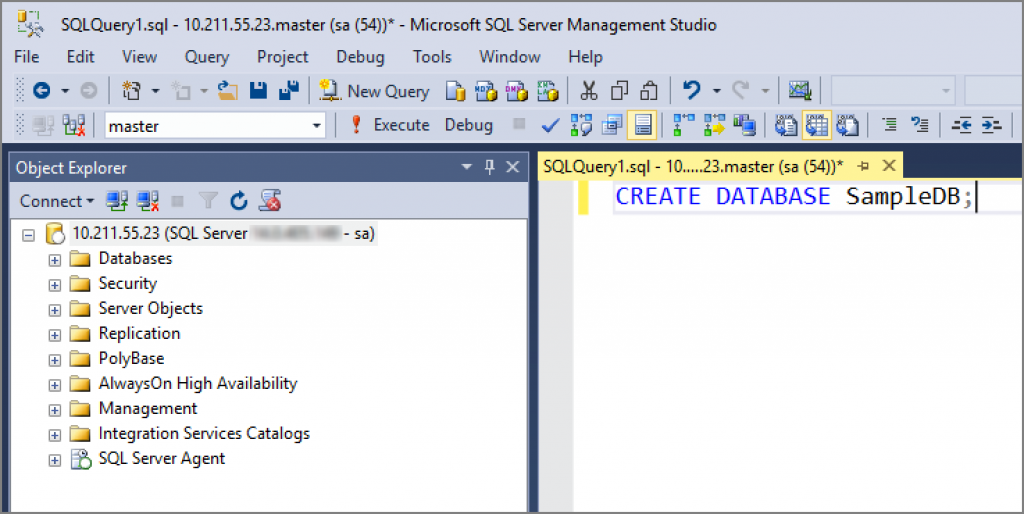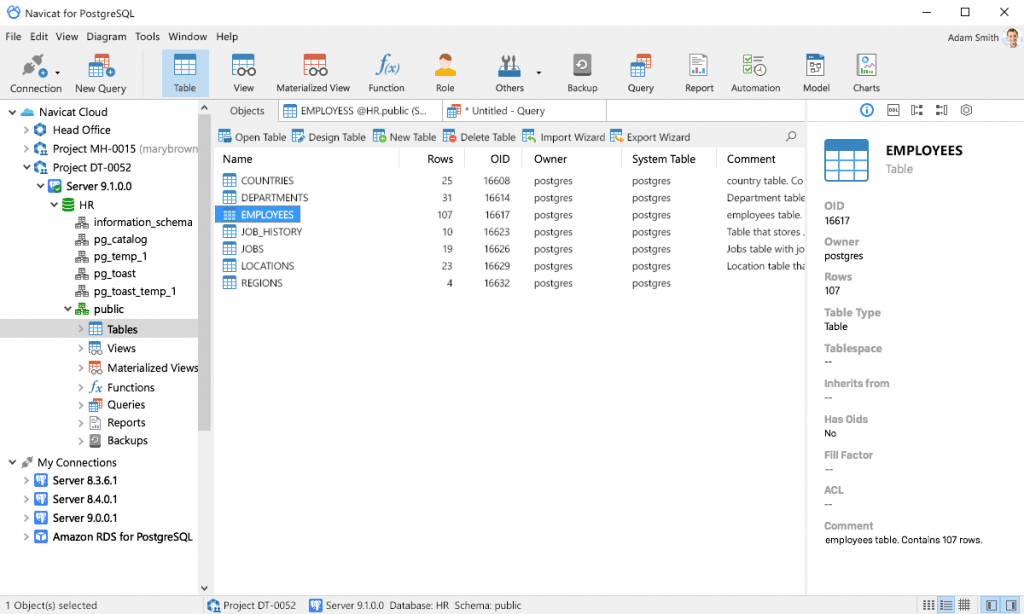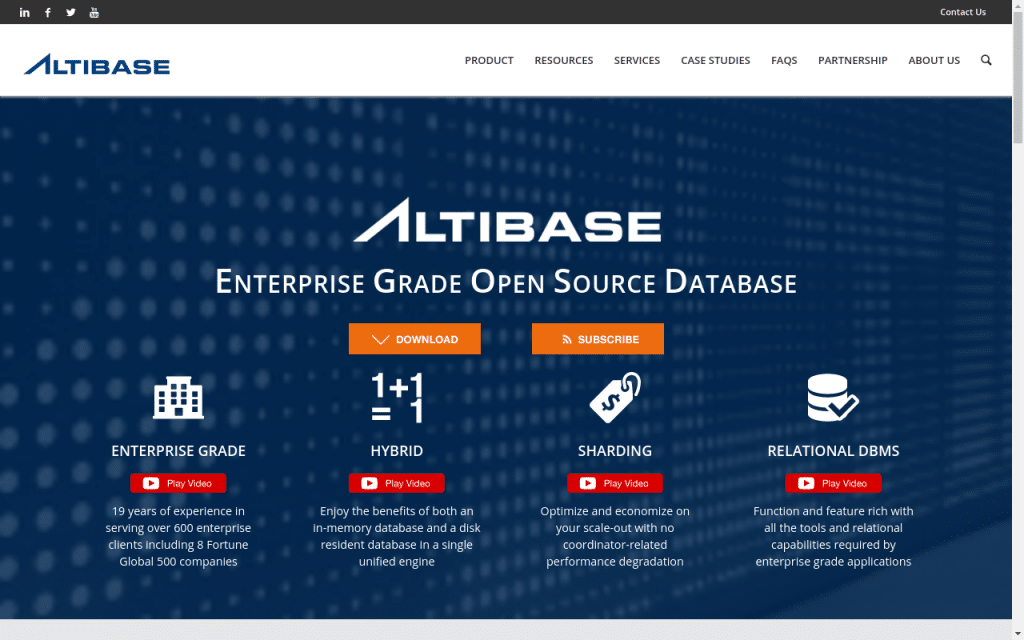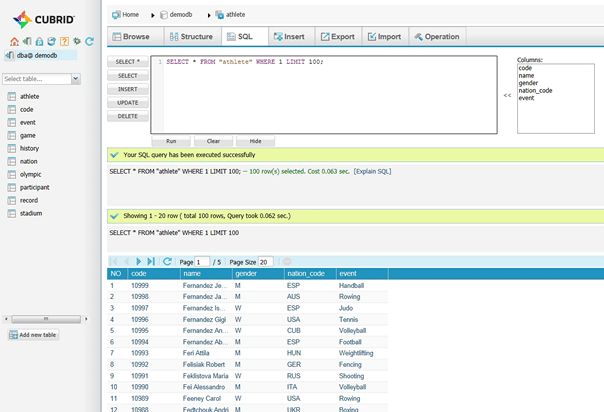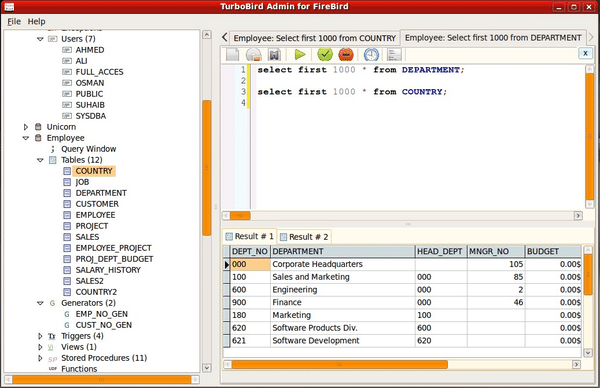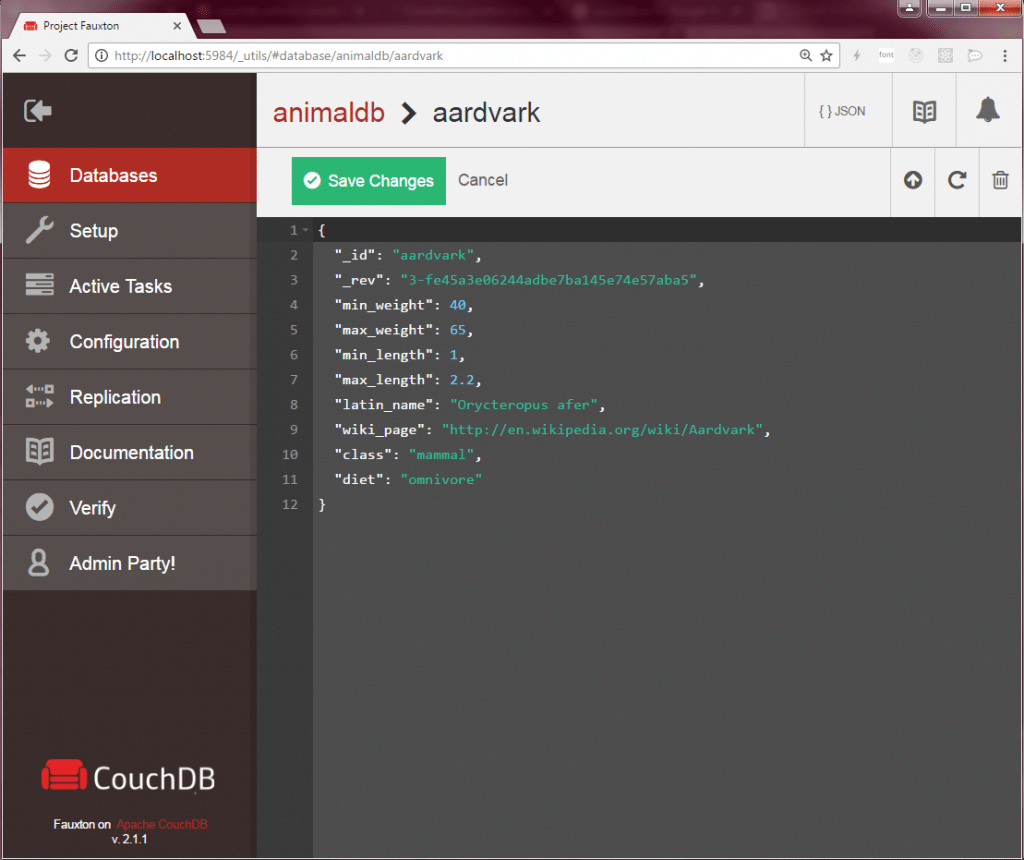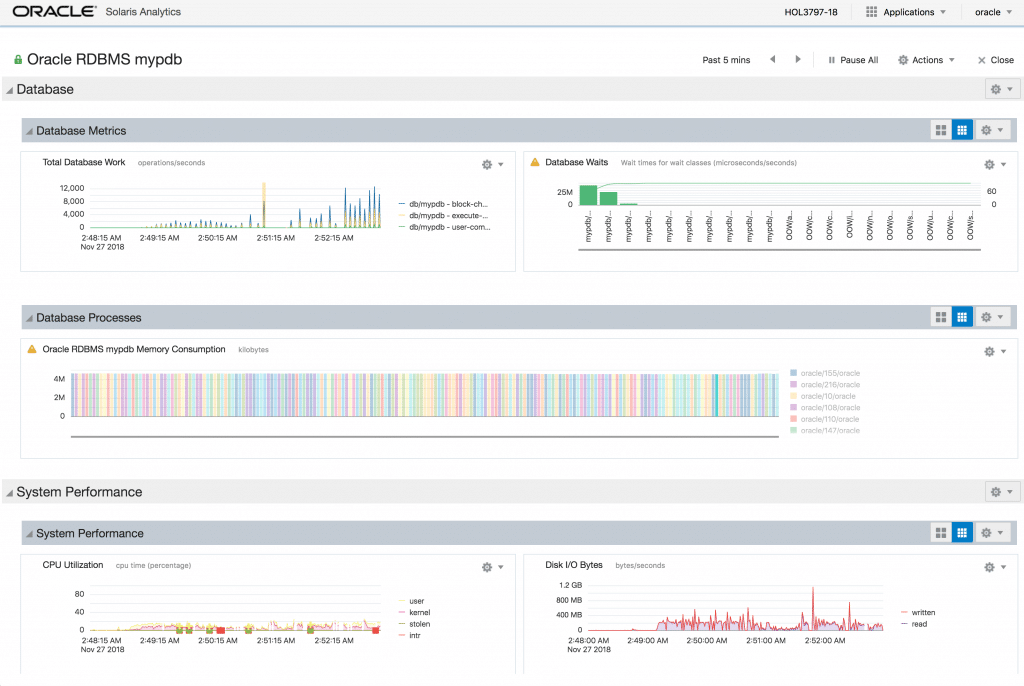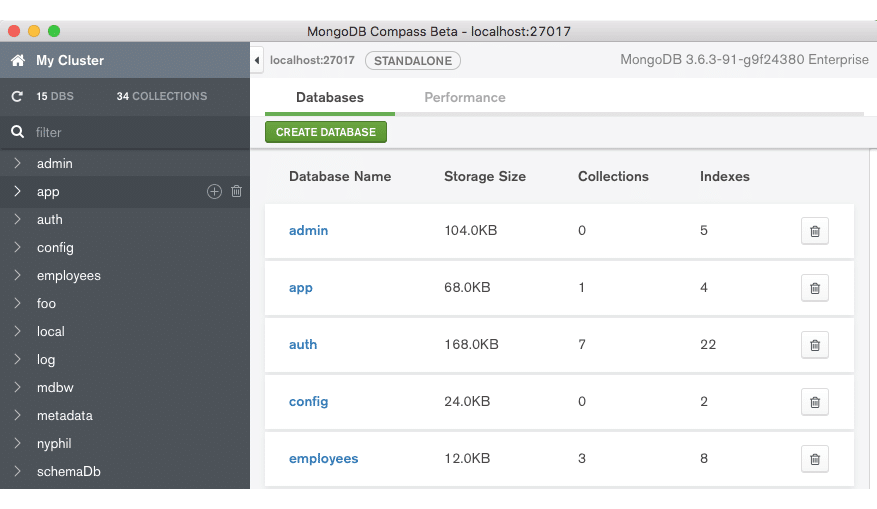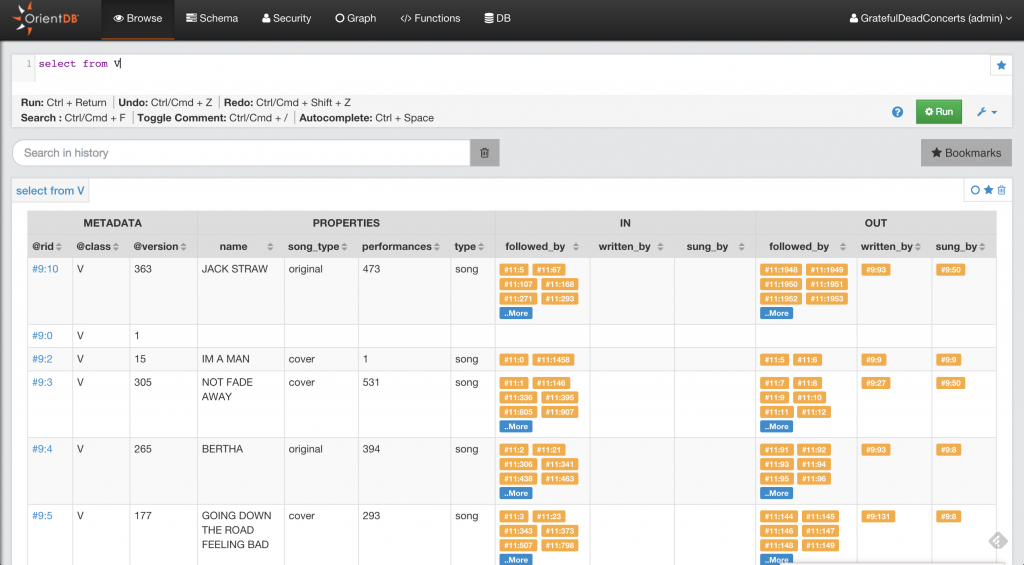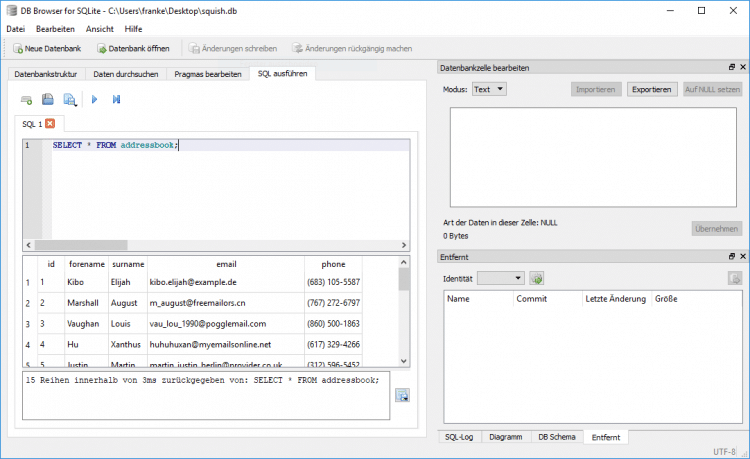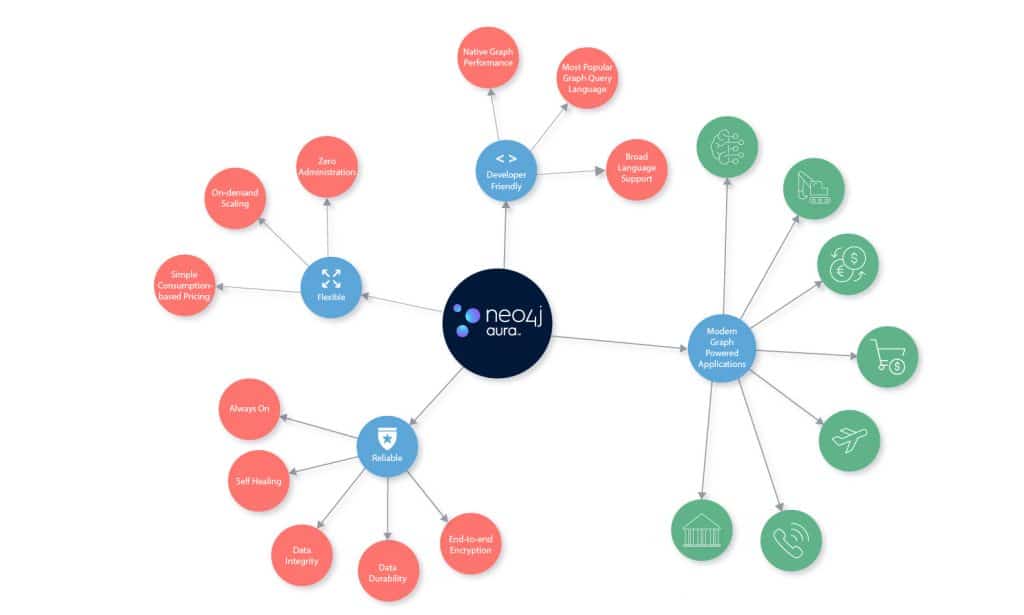The relational database is a database that stores data in a standardized pattern and can identify the connection between the data’s stored items. The document database is a non-relational database used to preserve semi-structured data. A graph database is the one that utilizes the properties and structures and of a graph. Databases can enhance data quality. It provides a disciplined approach to data management and makes it easier to carry out data management. Database management systems offer functionalities for managing data security, managing backup and recovery, presenting and transforming data, managing stored data, etc.
1. SQL Server
SQL Server is used from local marts to established enterprises. It reduces your storage needs by utilizing improved data compression methods. SQL Server offers reports and insights that are accessible on iOS devices, Android, and Windows. Features of SQL Server:
You can integrate SQL Server with non-relational outlets such as Hadoop. SQL Server uses robust auditing, transparent data encryption, dynamic data masking, and row-level protection for compliance and security. It helps take care of disaster recovery and high availability
Platform: Works on Linux &.Windows Languages: SQL Server comes in R, Go, Delphi, Visual Basic, PHP, Java, Ruby, Python, and C++ languages. Cloud Version: Has no Cloud Version
2. PostgreSQL
PostgreSQL offers a relational database, high-performance, and stable solution. It’s an open-source solution with powerful functionality. It is useful for managing data, designing fault-tolerant environments, protecting data privacy, and designing applications. PostgreSQL features:
PostgreSQL supports indexing, advanced indexing, and several data types (primitive, organized, document, geometry, composite, or custom forms). It has the functionality of security and disaster recovery. It provides extensibility by coded functions and protocols, procedural languages, and international data wrappers. PostgreSQL has a complete text search. It promotes foreign character sets.
Platform: Works on Mac, Linux, and Windows. Languages: PostgreSQL comes in PL/Python, PL/Perl, PL/Tcl, and PgSQL languages. Cloud Version: Has no Cloud Version
3. Altibase
Altibase is a relational open-source, high-performance, and enterprise-grade database. It has more than 650 business clients, including eight Fortune Global 500 firms, and has implemented more than 6,000 mission-critical use cases in different industries.
Its Main Advantages Include:
Enterprise-Grade: Twenty years of experience representing more than 650 corporate customers, including 8 Fortune Global 500 firms. Hybrid: It is the benefit of both a disk-resident database and an in-memory database in a single cohesive engine. Sharding: Economize and optimize on your scale-out without any form of performance degradation related to coordinator. Relational DBMS: Feature and function-rich with all the resources and relational functionality needed by enterprise-grade apps.
Platform: Altibase works on Linux Languages: It comes in JDBC, PHP, C++, and JDBC or all ODBC supported languages. Cloud Version: Has no cloud version
4. DynamoDB
Features of DynamoDB:
DynamoDB offers built-in protection. It is a multi-region and multi-caster database. It is a centrally managed database system that has restore features and built-in backup. It offers in-memory cache features for internet-scale apps.
Platform: DynamoDB works on Cross-platform Languages: Comes in Perl, Python, PHP, Ruby, .NET, C#, Go, Node.js, and Java languages. Cloud Version: Has cloud version
5. Cubrid
This is a relational database management system with business-grade functionalities. You can use it for online gaming, social networking, enterprise software, and web apps. Cubrid has functionalities such as optimization of large data, scalability, globalization, and high availability.
Features of Cubrid:
Cubrid supports multi-volume. It offers the functionalities of automated volume expansion. It supports infinite database size, including any number of databases. It offers all the features needed for web services.
Platform: Cubrid works on Linux and Windows. Languages: Comes in Java language Cloud Version: Has no cloud version
6. Firebird
Firebird offers a database solution to enhance highly integrated apps that run in homogeneous and mixed environments. Firebird is also an open-source; it works on Mac, Linux, and Windows. Features of Firebird:
It has a multi-generation architecture and also facilitates OLAP and OLTP apps. Firebird also supports stored and triggers procedures. It offers Audit, SQL debugging, and real-time tracking. For restore and backup, it supports incremental backup, web dump, and online backup.
Platform: Firebird works on Mac, Linux, and Windows. Languages: Comes in C++, C, and SQL languages. Cloud Version: Has no cloud version
7. CouchDB
Apache offers PouchDB for desktop and mobile browsers and CouchDB for servers. CouchDB uses a replication protocol that is useful for the first offline functionality of mobile apps.
Features of CouchDB:
It is scalable from Large Data to Mobile and thus offers JSON/HTTP API. CouchDB enables you to store data on your server or any common cloud provider. CouchDB also supports binary data
Platform: CouchDB works on Cross-Platform Languages: Comes in languages such as LISP, Scala, Objective-C, Python, R, Ruby, JavaScript, PHP, Perl, Java, C++, and C. Cloud Version: Has no cloud version
8. MySQL
MySQL is a database software that can return high performance. It also helps you create scalable database applications. This open-source database includes various editions, such as Classic Edition, Standard Edition, and Enterprise Edition. MySQL provides various functionalities for each of them. Features of MySQL:
MySQL also supports stored procedures, triggers, full-text search, Transactions, Replication, and Unicode. It supports C, C++, Java, Perl, PHP, Python, and Tcl for client programming. MySQL embraces the ODBC interface. MySQL follows Client-server architecture.
Platform: MySQL works on Mac, Linux, and Windows. Languages: Comes in Tcl (for client programming), Python, Perl, Java, C++, C, and SQL languages. Cloud Version: Has cloud version
9. Oracle
Oracle offers both on-site and cloud-based solutions for database management. These solutions are designed for large, medium, and small firms. Oracle also offers a cloud infrastructure with versatile configuration options. It uses standard data encryption algorithms for database protection. Features of Oracle:
It offers app development features such as SQL language improvements, PL/SQL improvements, Web Service, JDBC, Pre-compilers, APIs, etc. Oracle has content management features, such as interMedia Improvements and Text Improvements. It also has functionalities for Grid Computing, Server Management, Grid Management, Clustering, etc.
Platform: Works on Linux and Windows. Languages: Comes in Visual Basic, SQL/Pl, COBOL, Java, C++, and C languages. Cloud Version: Has cloud version
10. MongoDB
MongoDB is an open-source database solution. It follows a document data format. It is useful for creating new applications and upgrading of current software. It can be used with IoT, real-time analytics, and smartphone applications. Features of MongoDB:
MongoDB offers full flexibility for data migration. It offers Data preservation in JSON-like documents. By acting as the core of database distribution, MongoDb guarantees high availability. Since MongoDB follows document data format, it becomes easier to map the object in your application code.
Platform: Works on Cross-platform. Languages: Comes in Go, PHP, Scala, Ruby, Perl, Node.js, Java, C#, C++, and C languages. Cloud Version: Has cloud version
11. MariaDB
MariaDB is used for a wide range of applications, from website to banking. It is developed by MySQL developers. It’s a great alternative to MySQL. It can also be a drop-in substitute for MySQL.
Features of MariaDB:
It uses a popular and standard query language. MariaDB offers Galera cluster technology. It provides some extra features than MySQL. MariaDB can also be used on cross-platform.
Platform: Works on Mac, Linux, and Windows. Languages: Comes in Python, Java, C#, and C++ languages. Cloud Version: Has cloud version
12. OrientDB
OrientDB is a multi-model/an open-source NoSQL database that enables firms to unlock graph databases’ potential without deploying several systems to handle different data types. This enables you to enhance security and efficiency while promoting scalability. Features of OrientDB:
OrientDB utilizes Unified Multi-Model API for easy and faster deployment It utilizes TinkerPop 3 for quick and efficient upgrades. OrientDB also focuses on performance and scalability It provides an improved database planner.
Platform: Works on HP-UX, Solaris, Windows, Mac OS X, and Linux. Languages: Comes in Perl, Android, Elixir, Scala, Ruby, JavaScript, C, Python, .NET, Nodejs, PHP, and Java languages. Cloud Version: Has cloud version
13. SQLite
SQLite is a relational, embedded, and open-source database management system, built circa 2000. It is a database with no setup, no installation, or server requirements. Irrespective of its simplicity, it is filled with the most popular features of database management systems.
Features of SQLite:
SQLite is utterly lightweight as opposed to other database management systems such as Oracle or SQL Server. It has an in-memory resource that you can call and use without setup or installation. You don’t need to have a dedicated server to store the database. It is stored on the computer’s hard disk.
Platform: Works on Tizen, Windows, Solaris 10, illumos FreeBSD, NetBSD, WebOS, MeeGo, Android, Maemo, Symbian, and Blackberry. Languages: Comes in Ruby, Python, PHP, Java, C++, C#, and C languages. Cloud Version: Has cloud version
14. Cassandra
Cassandra is a free database tool that helps manage a large amount of data through a broad range of servers. The tool includes resources for replication across several data centers. Cassandra features:
Cassandra helps to copy data to several nodes to provide a fault-tolerance framework. It doesn’t have any network bottlenecks, since each node in the cluster is sperate. Cassandra database facilitates third party services and contracts. It enables you to select either asynchronous or synchronous replications for the upgrade.
Platform: Works on Cross-platform. Languages: Comes in Node JS, Python, C++, Go, SQL languages. Cloud Version: Has cloud version
15. Neo4j
Neo4j operates as an open-source NoSQL graph database built in Java. It stores the data in graphs instead of tables.
Features of Neo4j:
Neo4j facilitates transactional apps and graph analytics. It provides continuous-time traversals for the graph’s relationship, both in width and depth, owing to the double link between the node and the relationship at the storage level. Neo4j Relationship is quick and helps you eventuate and utilize new relationships later to “shortcut” and accelerate domain data when a new requirement emerges. It has memory caching for graphs that offer lightweight storage, culminating in effective scale-up.
Platform: Works on Cross-Platform. Languages: Comes in JavaScript, Cypher Query Language, and Java languages. Cloud Version: Has cloud version
16. Hive
Hive is more or less a data warehouse; however, it has an SQL-like layout to enable users access data using the HiveQL language. It’s based on Apache Hadoop, a large data processing file system. Features of Hive:
Hive has a compiler, driver, and a metastore. It is usually used to structure data that are already stored, and it also enables conventional data mapping.
Conclusion
This article was entirely about free database software. Cloud versions of these free software are available for DynamoDB, MariaDB, MongoDB, Oracle, and MySQL. PostgreSQL and MySQL come with no limitations to database and RAM. SQL and MySQL Server are really simple to use. MySQL for business-critical systems, packaged software, and high-volume sites. Oracle works on Linux and Windows platforms. SQL Server can also be used by small or established firms. Firebird is an open-source software and is entirely free for commercial purposes. PostgreSQL is a database that helps you to generate query methods and custom data types. Cubrid is a database management system that offers business-grade functionalities. MariaDB is a perfect alternative to MySQL. 16 Best Free Database Software to Manage Your Data Effectively(2022)
